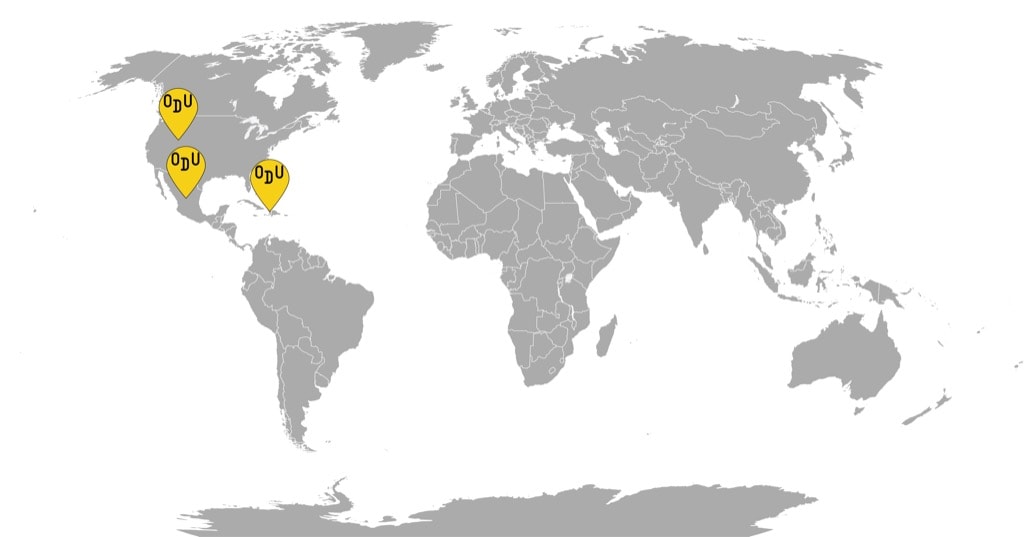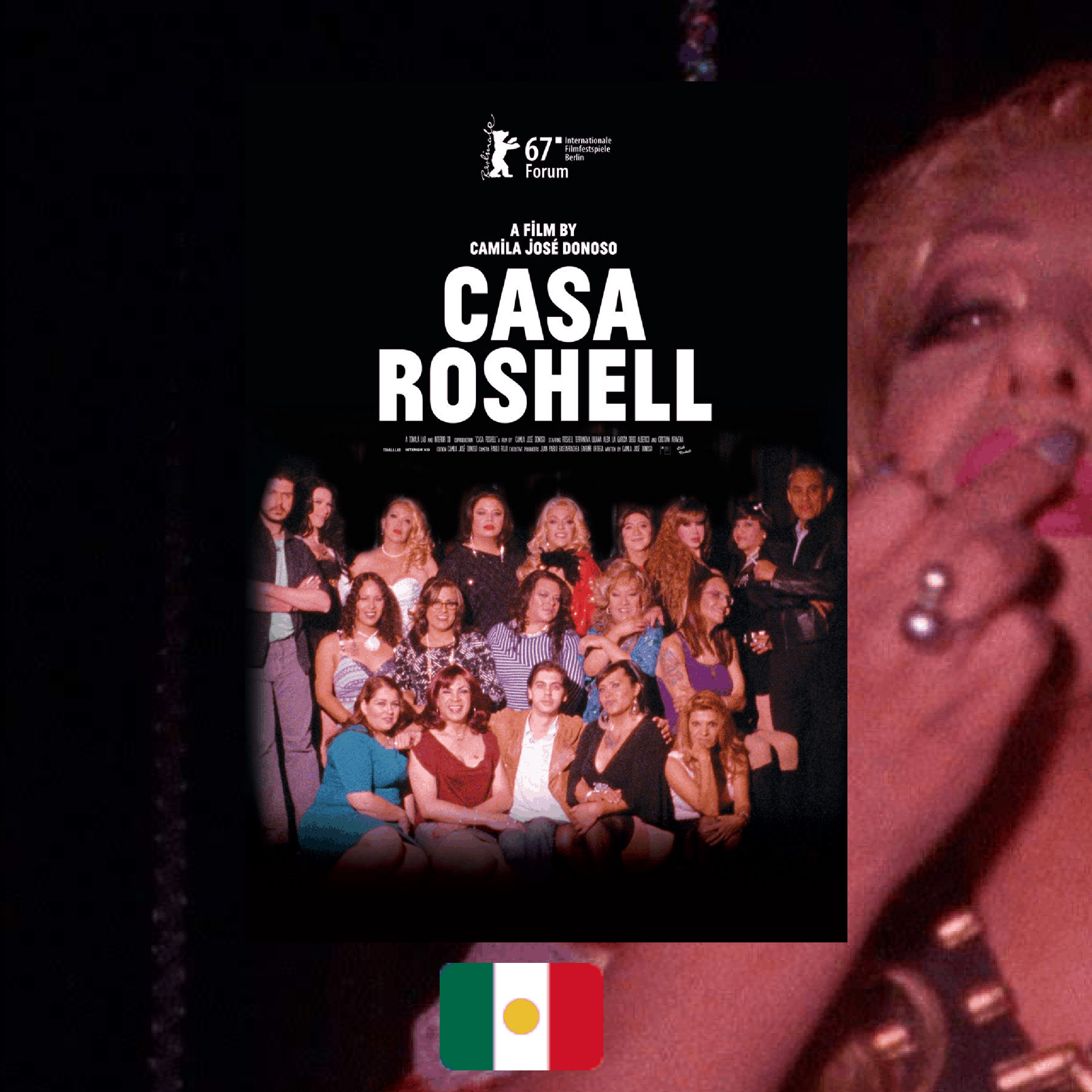A portrait of two Haitian men seeking admission into the US in Tijuana becomes a complex reflection on the Beckettian nature of immigration’s bureaucracy and the sacrifices it demands



FROM HAITI, MEXICO and UNITED STATES
WHAT IT’S ABOUT: After the 2010 earthquake rocked Haiti, many young men fled their country in ruins to seek employment in Brazil, as it was preparing the infrastructure for the 2014 World Cup and the 2016 Olympics. But once the demand for construction workers diminished, they were out of jobs again. And then, in 2016, a rumor came that the US was accepting Haitian refugees at the border. Emboldened by the promise of the new life, thousands of Haitians in Brazil rushed to Tijuana to try and enter the United States. Among them were Robens, a young man looking to escape a devastating loss, and James, seeking to reunite with his partner in Florida. “Chèche Lavi” follows the pair as they await permission to cross into America, watch the border wall being built and try to recalibrate their dreams to the reality they encounter.
WHO MADE IT: The director, Sam Ellison, is better known as a camera operator, with experience shooting for “A Beautiful Day in the Neighborhood” and “Manchester by the Sea.” He shot everything in “Chèche Lavi,” too, and was responsible for the editing as well.
The production team is as diverse as the film’s grasp. Skidmore college professor Rachel Cantave is a Haitian-American anthropologist, who brought in her spoken Creole and thorough knowledge of the Haitian situation in Brazil. Mexican artist Abraham Ávila facilitated the filming in Tijuana, where he is very familiar with the border-adjacent landscape. The American side included producers involved with some big indies of the last years: Matt Ippolito and Hayley Pappas both worked on “The Brink,” as well as the Nadia Murad documentary “On Her Shoulders,” where Bryn Mooser also worked. Kimberly Parker is “The Last Man in San Francisco” alum and Kyle Martin of Lena Dunham’s “Tiny Furniture.”
The film’s score was composed by Michael Beharie, a multi-instrumentalist, and composer based in NYC, who is known for his work on various TV shows and his independent achievements on the avant-garde scene.
The two main protagonists, Laureus “Robens” Gasgasha and Jamesy “James” Dorcelus are two Haitian men who moved to Brazil in search of opportunities, forged a friendship, and then made the perilous journey to Mexico together. “Chèche Lavi” centers around their friendship and then follows the two men as their quests for a new life in America take completely different turns. Not much is known about their life post-filming, but recently Sam Ellison congratulated Robens on his wedding.
WHY DO WE CARE: The most popular takes on events happening on the US borders are usually concerned with the indignity and cruelty of the migration process. But few concentrate on the main underlying issue that makes seeking refuge in the US both so desirable and so perilous: the lack of precise information which often jeopardizes the plight of people seeking asylum. Luck may smile upon individuals, but in general, it takes a good lawyer and one’s own good grasp of the matters to have a chance to get the asylum, because the system is complex and full of traps. Robens and James both arrived in Tijuana following a promise they heard on the grapevine. As they wait for a slot to enter the US, they exist in a limbo where there are no precise guidelines and the procedures to undertake keep changing, especially with the White House in transition, as Trump becomes president and tightens the restrictions on border entry. “Chèche Lavi” doesn’t dwell on the minutiae of migration too much, focusing instead on the relationship between the two men as they bide their time. Yet as one protagonist gets sucked into the immigration system—the only one in which there are no state-mandated attorneys, only paid ones or volunteers—it becomes clear that crossing the border was not enough. The flailing against the current within the US is just as fruitless as the stillness of expectation on the other side.
WHY YOU NEED TO WATCH: A very subtle take on a harrowing issue, “Chèche Lavi” examines the transient condition without trying to overexplain or overlayer the cause. This, along with Ellison’s airy, sparse camerawork, allows to create a very tangible, immersive experience of languishing in wait. It’s a painful thing to watch Robens and James wallow impotently because of bureaucracy. Particular high notes punctuate the men’s standby, but they have little influence on the outcome. Moreover, everything dissipates in the shadow of the American flag. For instance, at the film’s outset, the bubbly Robens and the more introverted James share a strong bond, even though one is needier, more attached to the friendship, and the other, despite owing much to the relationship, does not want to put too many of his hopes on it. However, none of this matters once immigration enforcement has a stake in the situation. And this is perhaps the central thesis of this beautiful, poetic documentary that’s none the less firmly grounded in reality: restrictive systems in place in the world and prohibitive politics rob people of the most valuable thing that they have—the time which makes up their lives and the opportunities they have to be humans in the world, not names in a paper awaiting confirmation. Made with gentleness and sympathy, as well as a reverence for the cultures of Haiti and Mexico, “Chèche Lavi” offers a unique, refreshing take on one of the most pressing issues of our times. An engaging portrait of two lovely men whose bright dreams were tarnished by the cruelty of borders, it also marks the emergence of a talented cinematographer as a storyteller to watch. In a place of uncertainty and liminality, the only sure thing is poetry, and Sam Ellison has shown that he knows how to pursue it both visually and narratively.
Chèche Lavi (Looking for Life), 2019
Director: Sam Ellison
For more content like this sign up for our weekly newsletter
WATCH THE TRAILER















